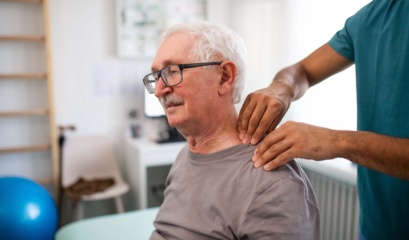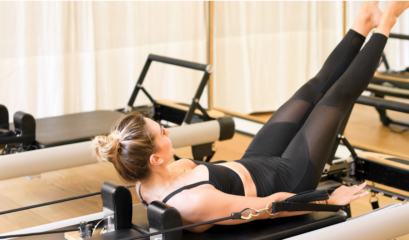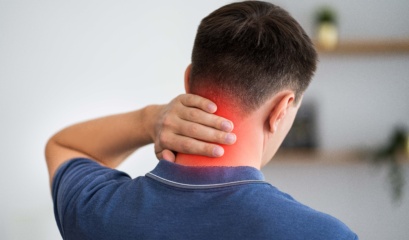How you can manage Gluteal Tendinopathy (GTPS) at home.
Wouldn’t it be terrible to undergo surgery unnecessarily?
Alarmingly, 1 in 4 women over the age of 50 will experience gluteal tendinopathy (commonly referred to as greater trochanteric pain or GTPS). The recorded level of disability and reduced quality of life is equivalent to that of severe hip osteoarthritis.
The symptoms of gluteal tendinopathy can mimic those of other hip conditions and unfortunately, misdiagnosis can lead to poor management of a condition, and even result in surgery with less than positive outcomes.
What are the treatment options for GTPS?
- Steroid injections are commonly used to treat tendinopathies. This approach provides relief, but typically lasts for an average of 8 weeks.
- Exercise together with education was shown by evidence in a recent trial to be an effective management approach to gluteal tendinopathy.
- Surgery is a last resort. In fact, a study published in January 2018 recorded “poor outcomes, significant complications and concerning reoperation rates” for surgery of GTPS.
What can I do?
The first thing you need to do is obtain a diagnosis. Your physio can do this simply and quickly.
- Avoid activity that aggravates your pain.
- Apply ice to the painful area for 20 minutes at a time, twice an hour, for the 3 days. Keep using ice as long as it helps.
- Partake in prescribed, gentle range-of-motion exercises and stretching. (This will help prevent stiffness.)
- Undertake a strengthening program prepared for you by your physio.
- Correct diagnosis is essential to managing your condition safely. An early diagnosis will further ensure the greatest chance of recovery without resorting to surgery. Benchmark Physiotherapists are qualified to assess and diagnose gluteal tendinopathy.
If you want to avoid surgery and complications, reach out to us at Benchmark Physiotherapy.









